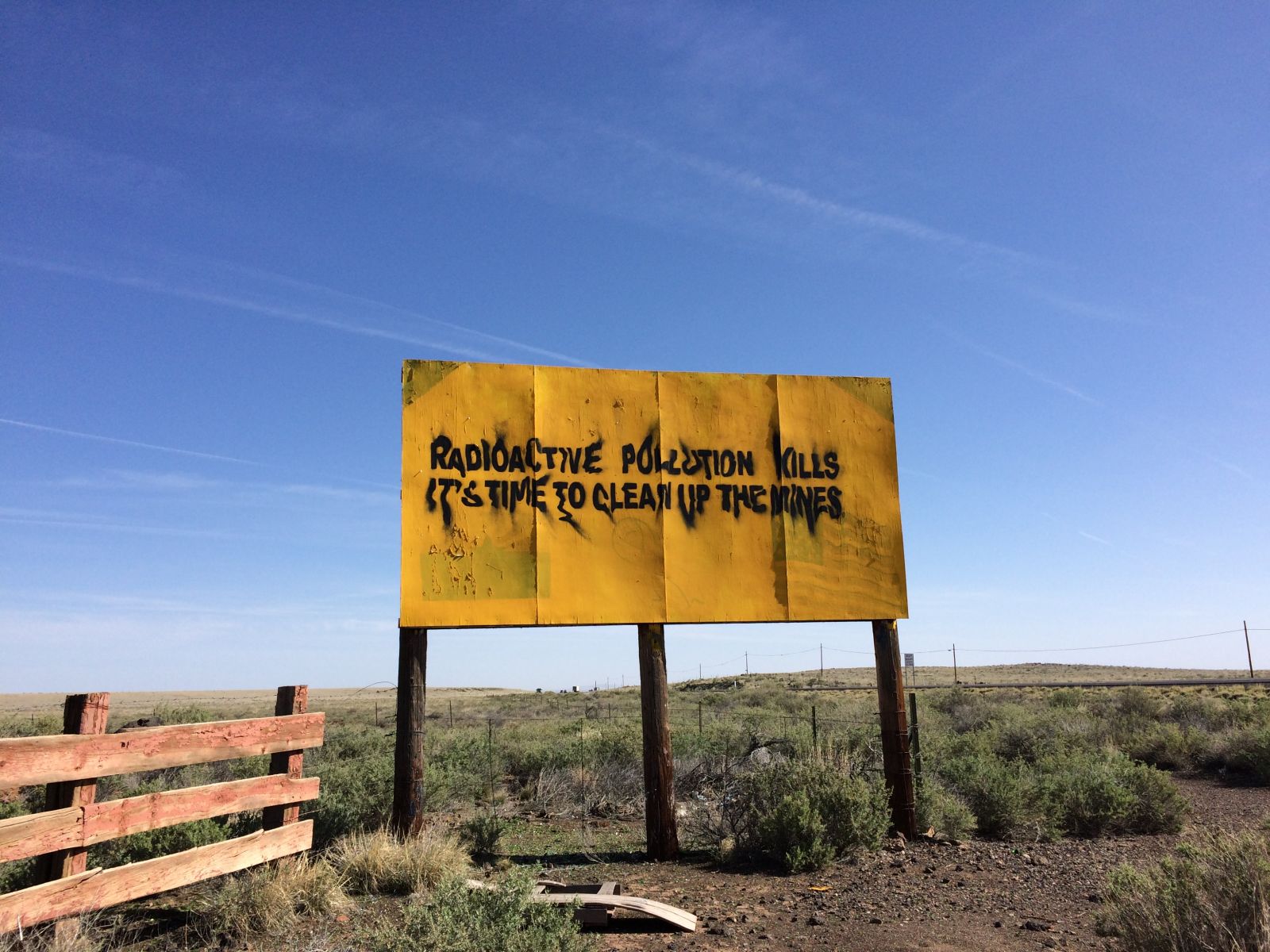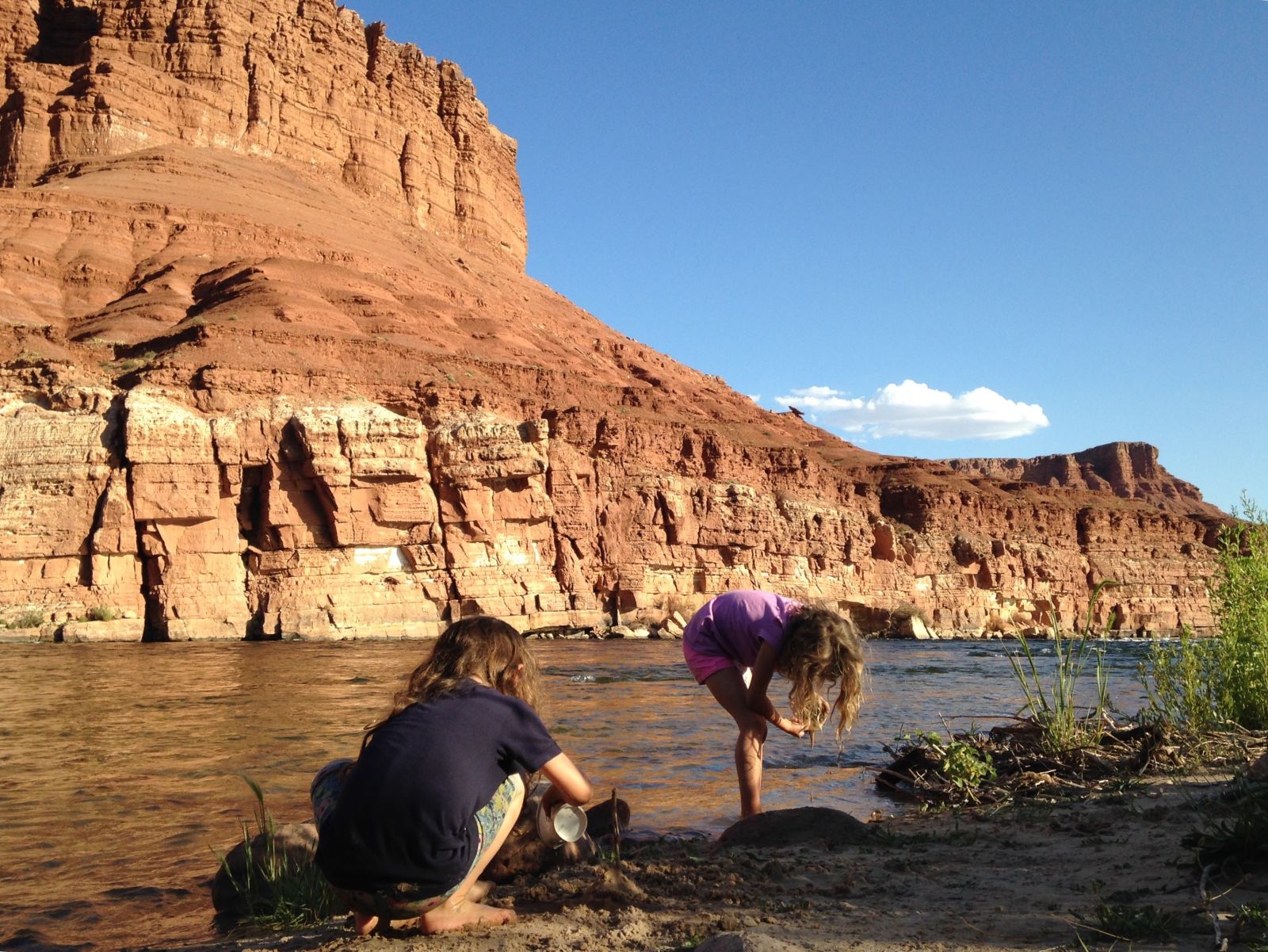
I posted this to my Water Law and policy course discussion board, and figured I’d get the Opponauts’ take as well. If you’ve lived on a reservation I’d love to hear your perspective. A few years ago an Opponaut mentioned possibly going to work on the Navajo Reservation. I know we have Opponauts whose family has some experience on the Hopi Reservation (which sits inside the Navajo Reservation).
To give a little background, water rights in the western US are generally determined by a practice known as prior appropriation. Under prior appropriation, the first person to put water to beneficial use, gets the right to it, even if their property does not have water already on it. This concept largely developed out of the California Gold Rush, as water needed to be diverted to mines. There are lots of caveats to this, as states all set their own water policy, and navigable waterways fall under the federal domain, but that’s the quick and dirty of it. In Winters v. United States (1908), the SC ruled that the federal government had “Reserved Rights” to water when they set up Indian reservations, and thus reservations have a right to water. As with anything that has to be decided by the courts, nothing is cut and dry, and there is ongoing litigation and debate as to what role the federal government is obligated to play as far as infrastructure is concerned.
Set aside your libertarian hat for a second when you consider this questions, as Indian tribes entered an agreement with the feds (under the threat of violence) to live on Indian reservations with the promise they’d be given sovereignty and secured rights in order to be self sufficient.
I have quite a bit of digital literature I can post up on water law issues if anyone is interested.
Anyways, figured I’d get our brains churning, so here’s my prompt:
I read this article today, and despite being utterly heartbreaking, it got me thinking about our class discussions on Federal Reserved Rights and access to water on Indian Reservations. Specifically in regards to the question of whether there is an obligation for the federal government to develop water infrastructure on reservations. We’ve mostly been looking at water policy in regards to agriculture, recreational, natural, industrial and consumptive uses, but access to clean, running water is vital for maintaining public health.
Many reaches of the Navajo Reservation lack access to running water (or even clean water in the case of uranium contamination). My wife’s family was living on the Navajo Reservation when she was born, and had to leave the hospital on the reservation and travel to Gallup, New Mexico, while my mother in law was in labor. They were told the hospital was not equipped for a complicated birth. The article cites that American Indians and Alaskan natives were 4x more likely to die from H1N1 than other ethnicities, so it doesn’t seem as if the situation has changed much since then.
I wanted to share the article, and possibly get the perspective of anyone who has lived on a reservation (my wife’s family moved off the reservation soon after she was born). And also just to help process all this and apply it to our studies.
The Vermillion Cliffs area is the most beautiful place on planet Earth, and I spend a lot of time on the Navajo Reservation hiking and camping with my family. If you haven’t driven highway 89A, add it to your bucket list.
Here’s my kids playing in the Colorado at Lee’s Ferry:

Check out that water line from when the Colorado was wild.